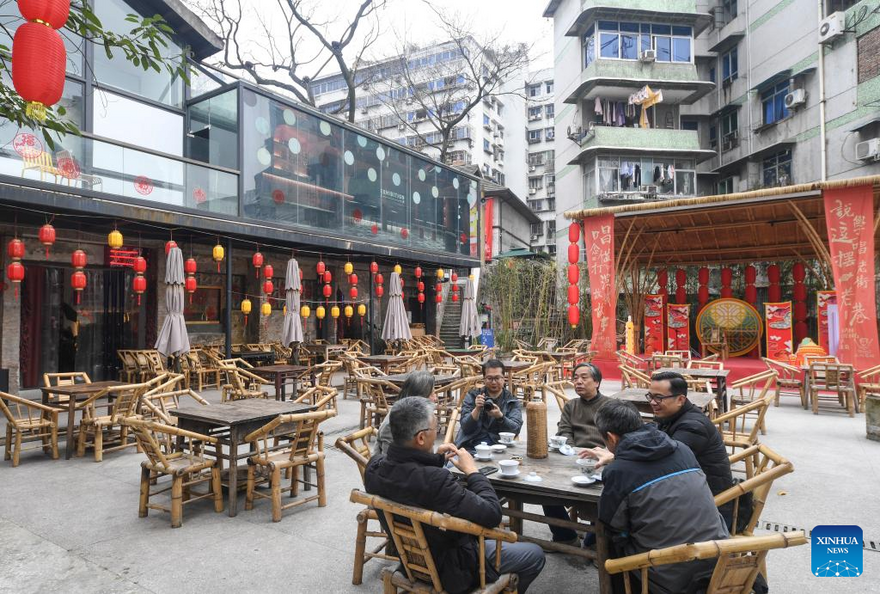
People sit at a teahouse in the Shancheng Alley in Chongqing, southwest China, February 26, 2022. Located on the bank of the Yangtze River and built along mountains and cliffs, Shancheng Alley used to be a footpath for local residents. It retains many historic buildings which date back to Ming (1368-1644) and Qing (1644-1911) Dynasties. Chongqing government has been renovating the Shancheng Alley area while maintaining its historical and cultural characteristics since 2018. Now the area is attracting local residents and tourists with its new vitality. (Xinhua/Wang Quanchao)
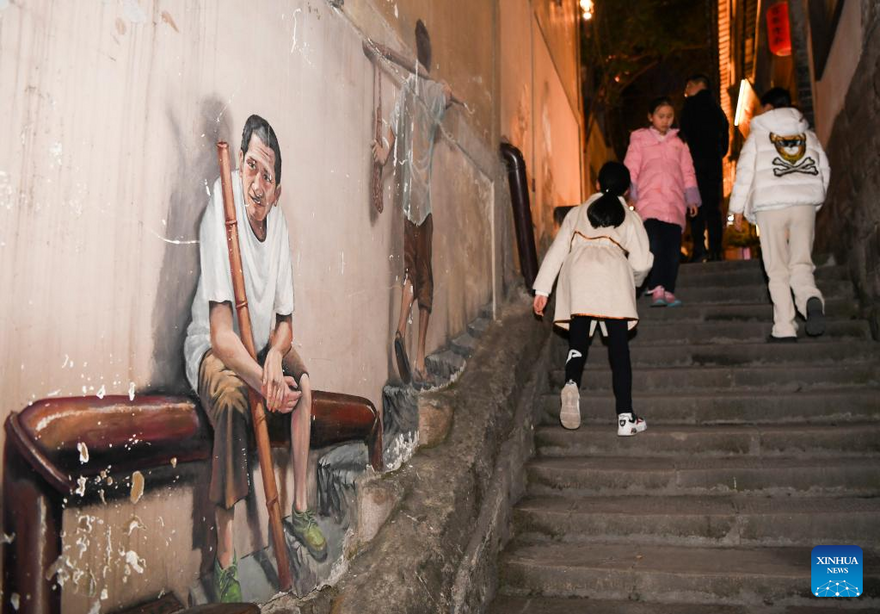
People sit at a teahouse in the Shancheng Alley in Chongqing, southwest China, February 26, 2022. Located on the bank of the Yangtze River and built along mountains and cliffs, Shancheng Alley used to be a footpath for local residents. It retains many historic buildings which date back to Ming (1368-1644) and Qing (1644-1911) Dynasties. Chongqing government has been renovating the Shancheng Alley area while maintaining its historical and cultural characteristics since 2018. Now the area is attracting local residents and tourists with its new vitality. (Xinhua/Wang Quanchao)
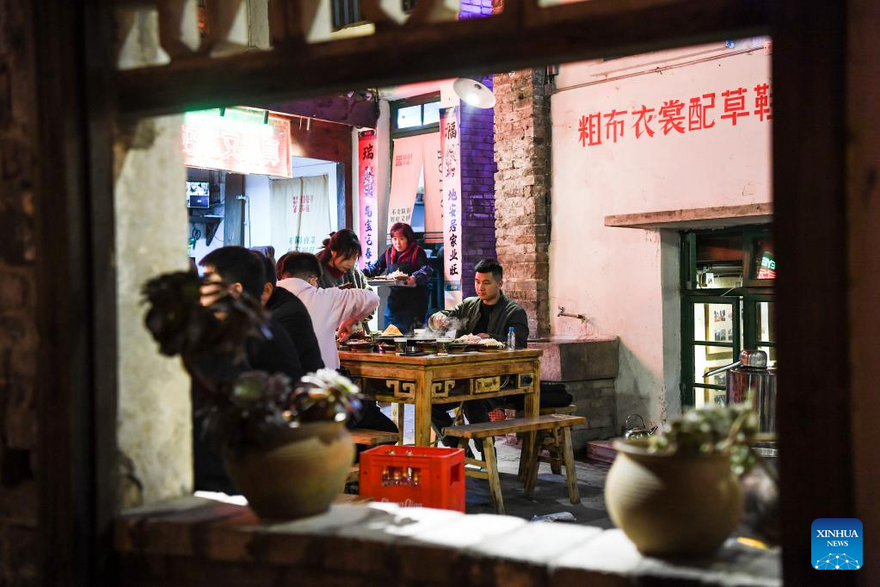
People sit at a teahouse in the Shancheng Alley in Chongqing, southwest China, February 26, 2022. Located on the bank of the Yangtze River and built along mountains and cliffs, Shancheng Alley used to be a footpath for local residents. It retains many historic buildings which date back to Ming (1368-1644) and Qing (1644-1911) Dynasties. Chongqing government has been renovating the Shancheng Alley area while maintaining its historical and cultural characteristics since 2018. Now the area is attracting local residents and tourists with its new vitality. (Xinhua/Wang Quanchao)
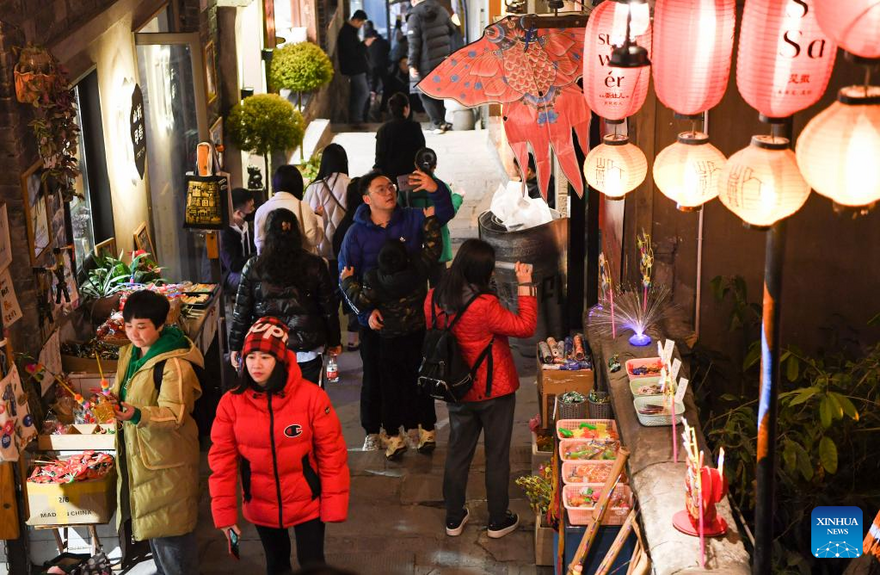
People sit at a teahouse in the Shancheng Alley in Chongqing, southwest China, February 26, 2022. Located on the bank of the Yangtze River and built along mountains and cliffs, Shancheng Alley used to be a footpath for local residents. It retains many historic buildings which date back to Ming (1368-1644) and Qing (1644-1911) Dynasties. Chongqing government has been renovating the Shancheng Alley area while maintaining its historical and cultural characteristics since 2018. Now the area is attracting local residents and tourists with its new vitality. (Xinhua/Wang Quanchao)
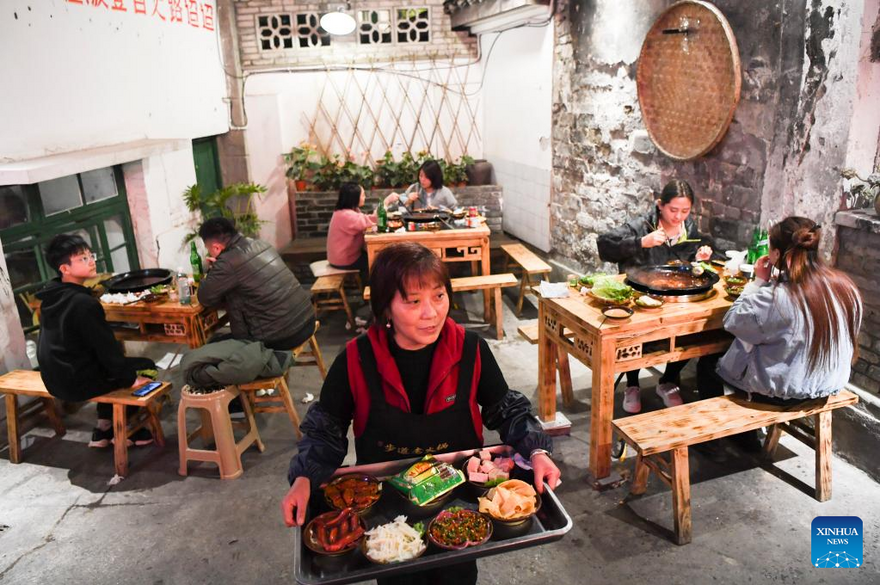
People sit at a teahouse in the Shancheng Alley in Chongqing, southwest China, February 26, 2022. Located on the bank of the Yangtze River and built along mountains and cliffs, Shancheng Alley used to be a footpath for local residents. It retains many historic buildings which date back to Ming (1368-1644) and Qing (1644-1911) Dynasties. Chongqing government has been renovating the Shancheng Alley area while maintaining its historical and cultural characteristics since 2018. Now the area is attracting local residents and tourists with its new vitality. (Xinhua/Wang Quanchao)

People sit at a teahouse in the Shancheng Alley in Chongqing, southwest China, February 26, 2022. Located on the bank of the Yangtze River and built along mountains and cliffs, Shancheng Alley used to be a footpath for local residents. It retains many historic buildings which date back to Ming (1368-1644) and Qing (1644-1911) Dynasties. Chongqing government has been renovating the Shancheng Alley area while maintaining its historical and cultural characteristics since 2018. Now the area is attracting local residents and tourists with its new vitality. (Xinhua/Wang Quanchao)
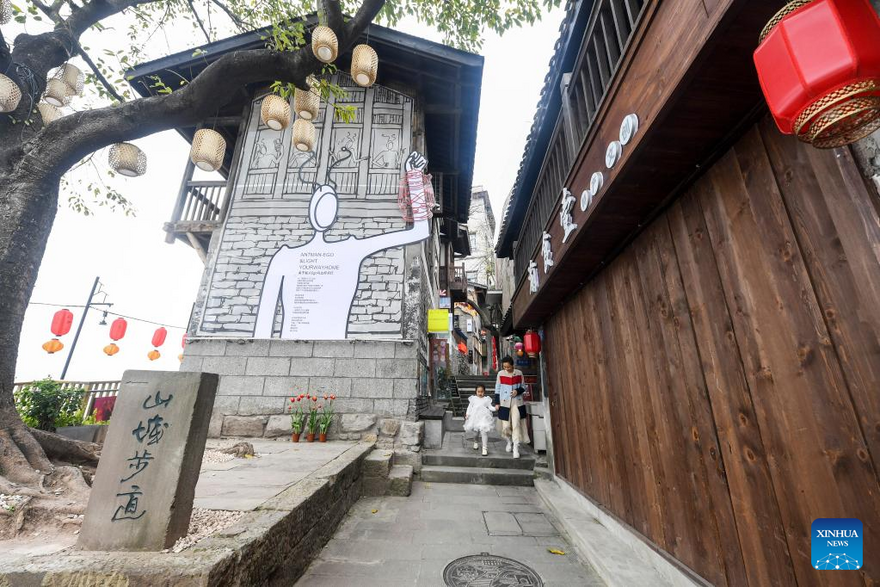
People sit at a teahouse in the Shancheng Alley in Chongqing, southwest China, February 26, 2022. Located on the bank of the Yangtze River and built along mountains and cliffs, Shancheng Alley used to be a footpath for local residents. It retains many historic buildings which date back to Ming (1368-1644) and Qing (1644-1911) Dynasties. Chongqing government has been renovating the Shancheng Alley area while maintaining its historical and cultural characteristics since 2018. Now the area is attracting local residents and tourists with its new vitality. (Xinhua/Wang Quanchao)
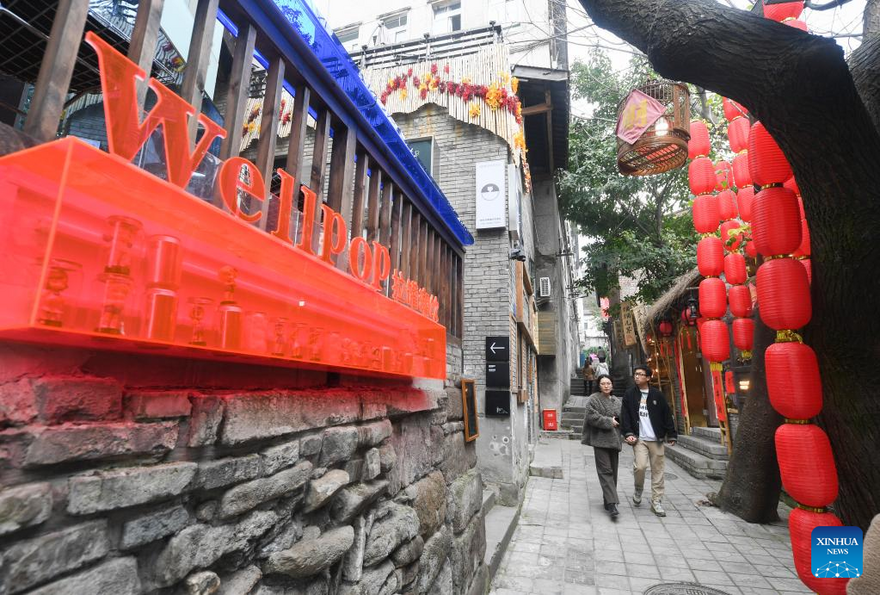
People sit at a teahouse in the Shancheng Alley in Chongqing, southwest China, February 26, 2022. Located on the bank of the Yangtze River and built along mountains and cliffs, Shancheng Alley used to be a footpath for local residents. It retains many historic buildings which date back to Ming (1368-1644) and Qing (1644-1911) Dynasties. Chongqing government has been renovating the Shancheng Alley area while maintaining its historical and cultural characteristics since 2018. Now the area is attracting local residents and tourists with its new vitality. (Xinhua/Wang Quanchao)
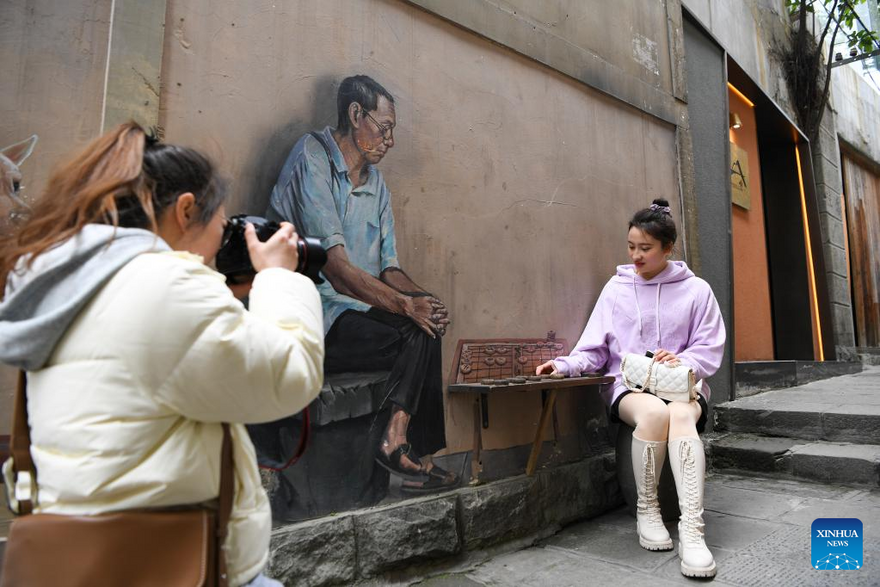
People sit at a teahouse in the Shancheng Alley in Chongqing, southwest China, February 26, 2022. Located on the bank of the Yangtze River and built along mountains and cliffs, Shancheng Alley used to be a footpath for local residents. It retains many historic buildings which date back to Ming (1368-1644) and Qing (1644-1911) Dynasties. Chongqing government has been renovating the Shancheng Alley area while maintaining its historical and cultural characteristics since 2018. Now the area is attracting local residents and tourists with its new vitality. (Xinhua/Wang Quanchao)
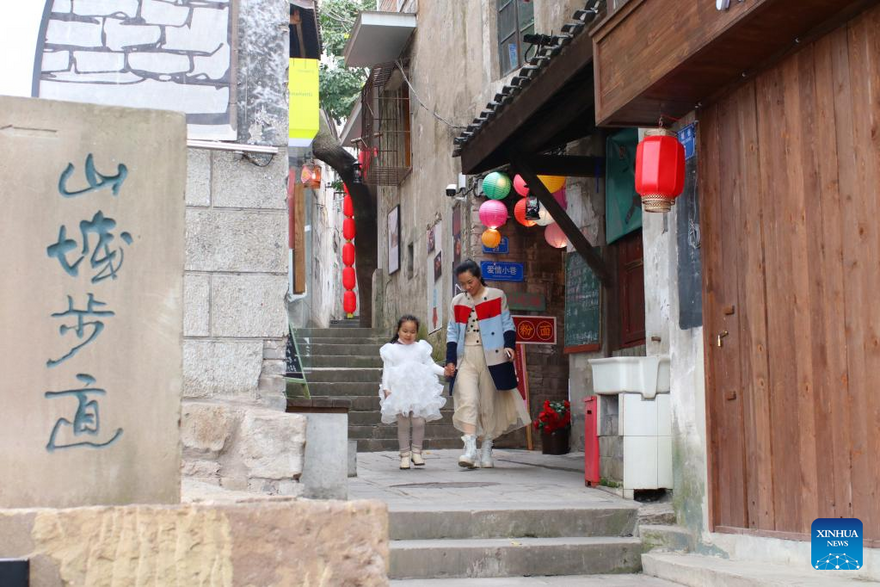
People sit at a teahouse in the Shancheng Alley in Chongqing, southwest China, February 26, 2022. Located on the bank of the Yangtze River and built along mountains and cliffs, Shancheng Alley used to be a footpath for local residents. It retains many historic buildings which date back to Ming (1368-1644) and Qing (1644-1911) Dynasties. Chongqing government has been renovating the Shancheng Alley area while maintaining its historical and cultural characteristics since 2018. Now the area is attracting local residents and tourists with its new vitality. (Xinhua/Wang Quanchao)
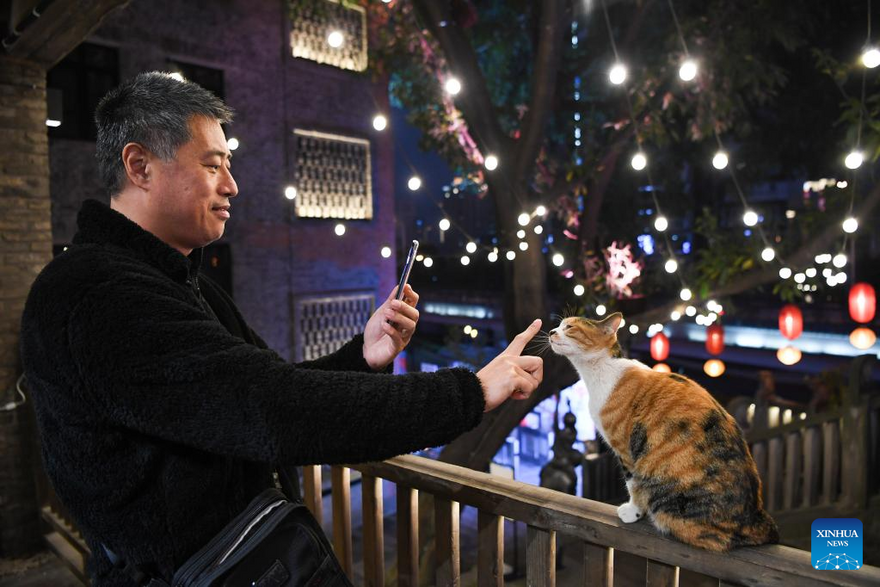
People sit at a teahouse in the Shancheng Alley in Chongqing, southwest China, February 26, 2022. Located on the bank of the Yangtze River and built along mountains and cliffs, Shancheng Alley used to be a footpath for local residents. It retains many historic buildings which date back to Ming (1368-1644) and Qing (1644-1911) Dynasties. Chongqing government has been renovating the Shancheng Alley area while maintaining its historical and cultural characteristics since 2018. Now the area is attracting local residents and tourists with its new vitality. (Xinhua/Wang Quanchao)
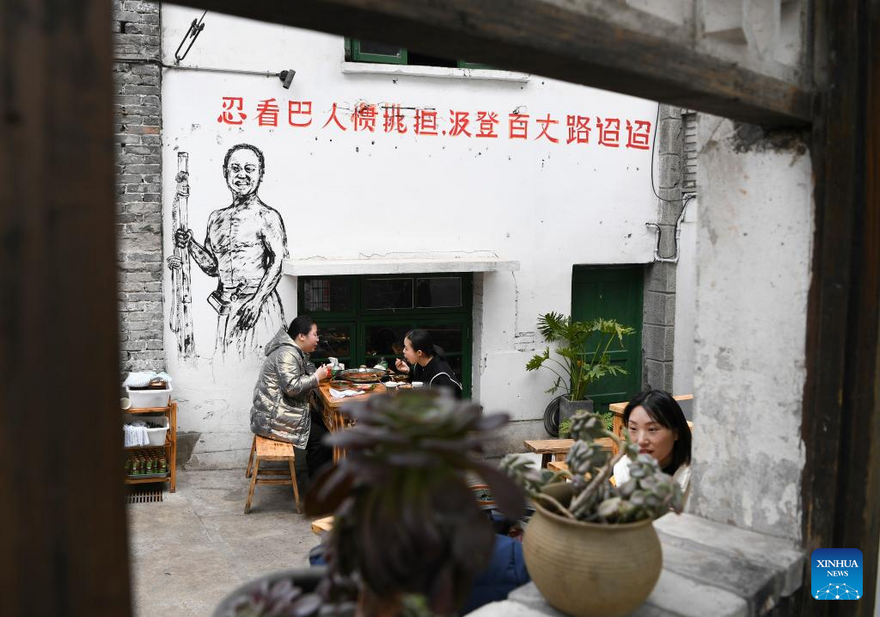
People sit at a teahouse in the Shancheng Alley in Chongqing, southwest China, February 26, 2022. Located on the bank of the Yangtze River and built along mountains and cliffs, Shancheng Alley used to be a footpath for local residents. It retains many historic buildings which date back to Ming (1368-1644) and Qing (1644-1911) Dynasties. Chongqing government has been renovating the Shancheng Alley area while maintaining its historical and cultural characteristics since 2018. Now the area is attracting local residents and tourists with its new vitality. (Xinhua/Wang Quanchao)
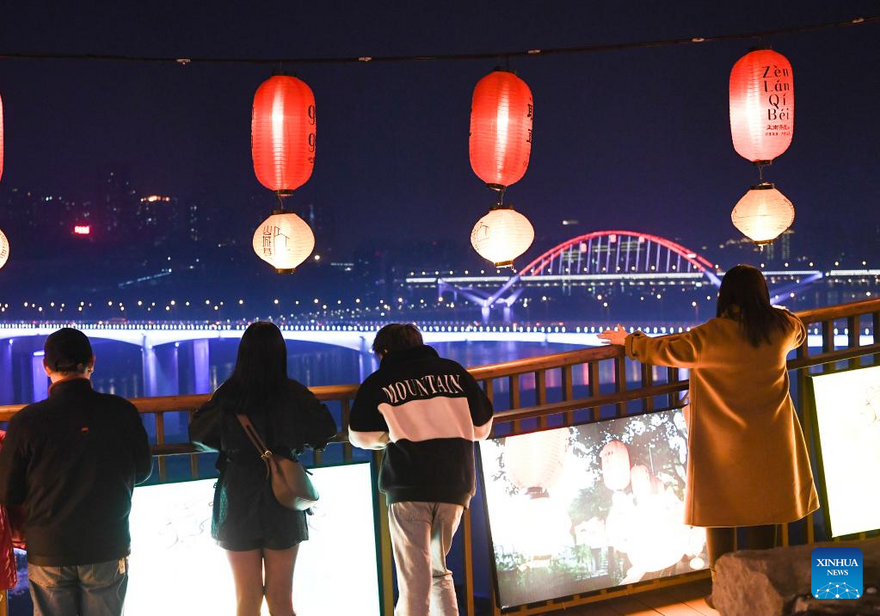
People sit at a teahouse in the Shancheng Alley in Chongqing, southwest China, February 26, 2022. Located on the bank of the Yangtze River and built along mountains and cliffs, Shancheng Alley used to be a footpath for local residents. It retains many historic buildings which date back to Ming (1368-1644) and Qing (1644-1911) Dynasties. Chongqing government has been renovating the Shancheng Alley area while maintaining its historical and cultural characteristics since 2018. Now the area is attracting local residents and tourists with its new vitality. (Xinhua/Wang Quanchao)
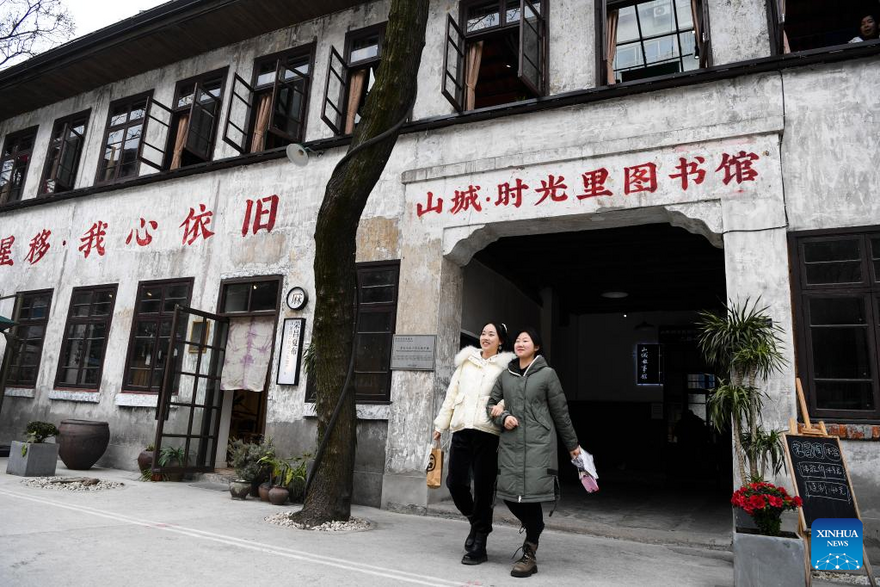
People sit at a teahouse in the Shancheng Alley in Chongqing, southwest China, February 26, 2022. Located on the bank of the Yangtze River and built along mountains and cliffs, Shancheng Alley used to be a footpath for local residents. It retains many historic buildings which date back to Ming (1368-1644) and Qing (1644-1911) Dynasties. Chongqing government has been renovating the Shancheng Alley area while maintaining its historical and cultural characteristics since 2018. Now the area is attracting local residents and tourists with its new vitality. (Xinhua/Wang Quanchao)
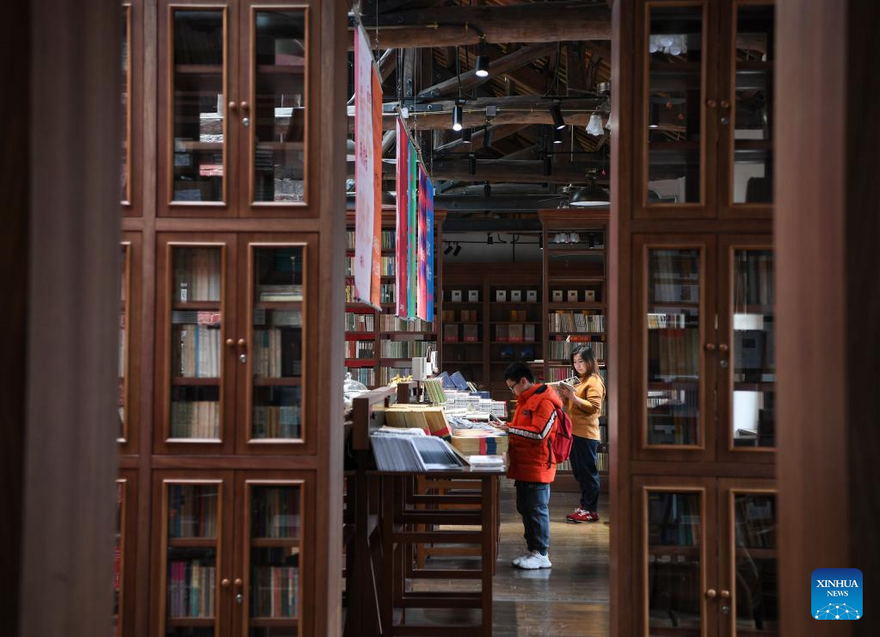
People sit at a teahouse in the Shancheng Alley in Chongqing, southwest China, February 26, 2022. Located on the bank of the Yangtze River and built along mountains and cliffs, Shancheng Alley used to be a footpath for local residents. It retains many historic buildings which date back to Ming (1368-1644) and Qing (1644-1911) Dynasties. Chongqing government has been renovating the Shancheng Alley area while maintaining its historical and cultural characteristics since 2018. Now the area is attracting local residents and tourists with its new vitality. (Xinhua/Wang Quanchao)
Copyright ©1997- by CRI Online All rights reserved